
Threshold Magic

Some spaces beg you to linger. Others ask you to move. But the most overlooked ones—the ones in between—can be the most powerful of all.
Liminal spaces, by definition, are thresholds. Hallways, foyers, stairwells, doorways. They aren’t meant to be destinations. And yet, they hold a kind of magic. They're the places where we shift—from outside to in, from one room to another, from one version of ourselves to the next.
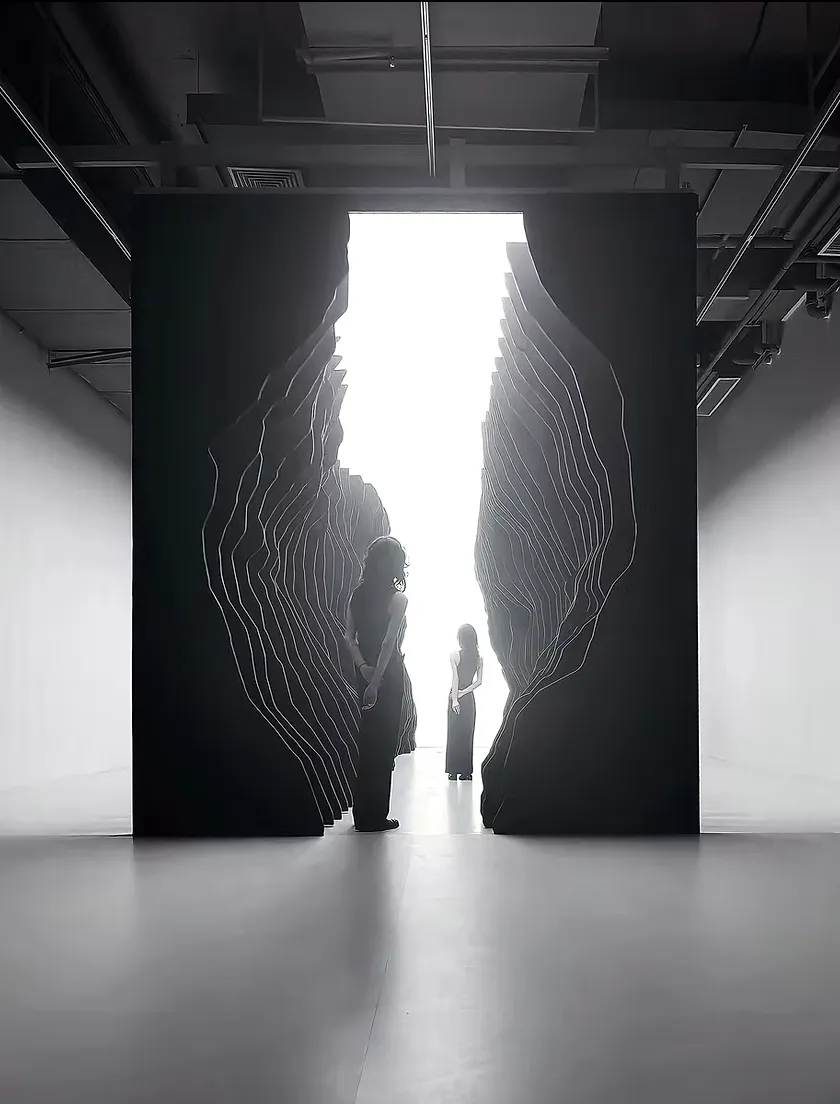
In my work, I’ve come to believe that the energy of a space often lives in its transitions. The pause between rooms. The breath before a new beginning.
This week’s Lion’s Gate Portal—the annual cosmic alignment on 8/8—is a reminder that thresholds aren’t only physical. Spiritually, it’s seen as a moment of heightened creativity, manifestation, and heart‑led visioning. Whether you see it as astrology, numerology, or simply a poetic moment in the calendar, the metaphor is the same: you’re standing at a doorway. What do you want to carry through it? And what will you leave behind?
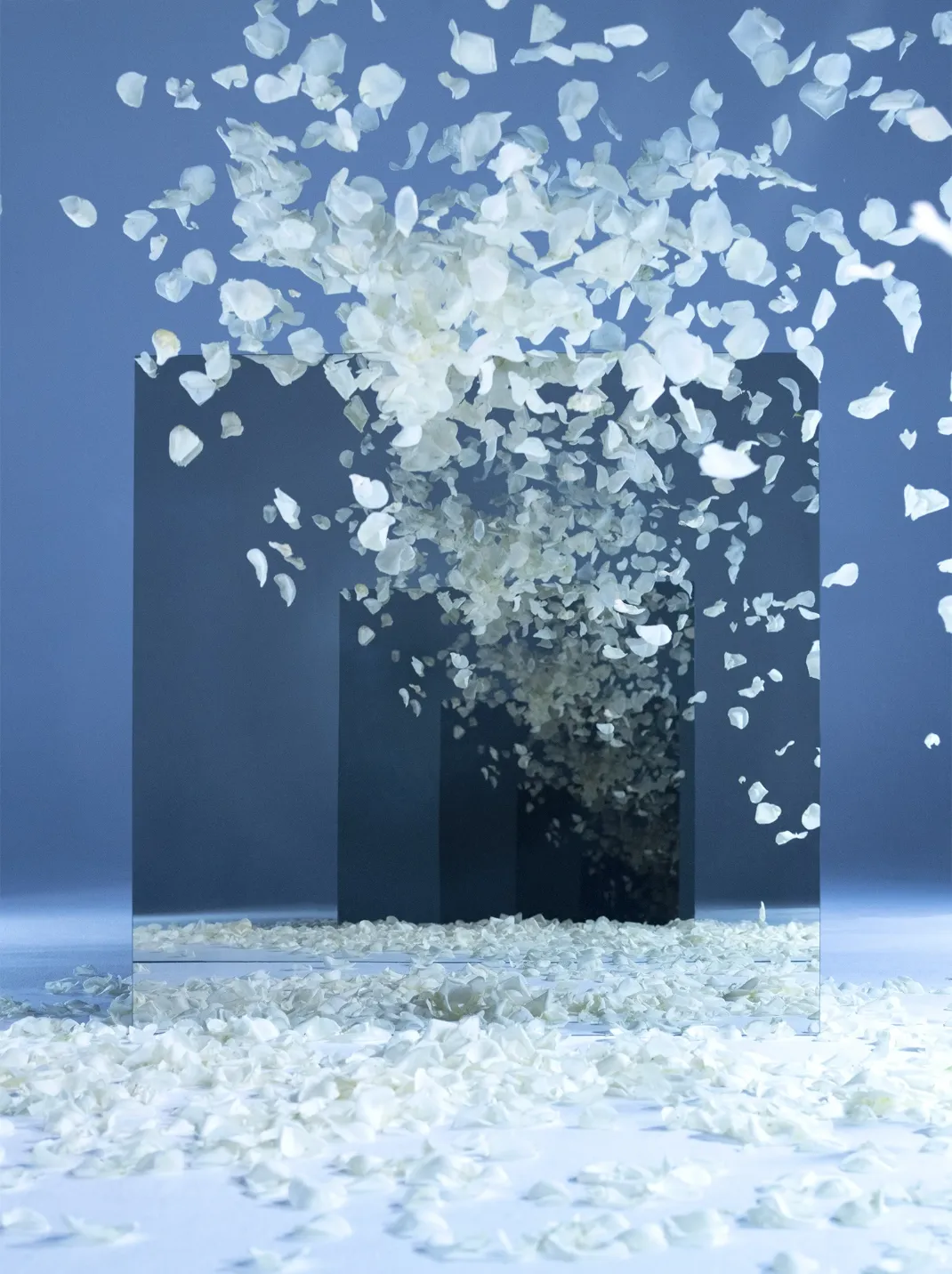
Designing the In‑Between
Thresholds are design opportunities. They’re the welcome mat, the cue, the ritual.
In hospitality, a well‑designed threshold sets the tone for the entire experience. In residential design, it defines intimacy. In wellness spaces, it can gently escort the nervous system from sympathetic alertness into parasympathetic calm.
So what makes a powerful threshold?
- Contrast. Let one space feel texturally or tonally different from the next—lighting, flooring, scent, or sound.
- Symbol. A piece of art, a color, a light fixture that signals transition. Think of it as a cue for consciousness.
- Pause. Offer a bench, a mirror, a soft rug. Something that suggests you can stop, even if just for a second.
- Frame. Use an arch, a curtain, a doorway. Framing space frames the moment.
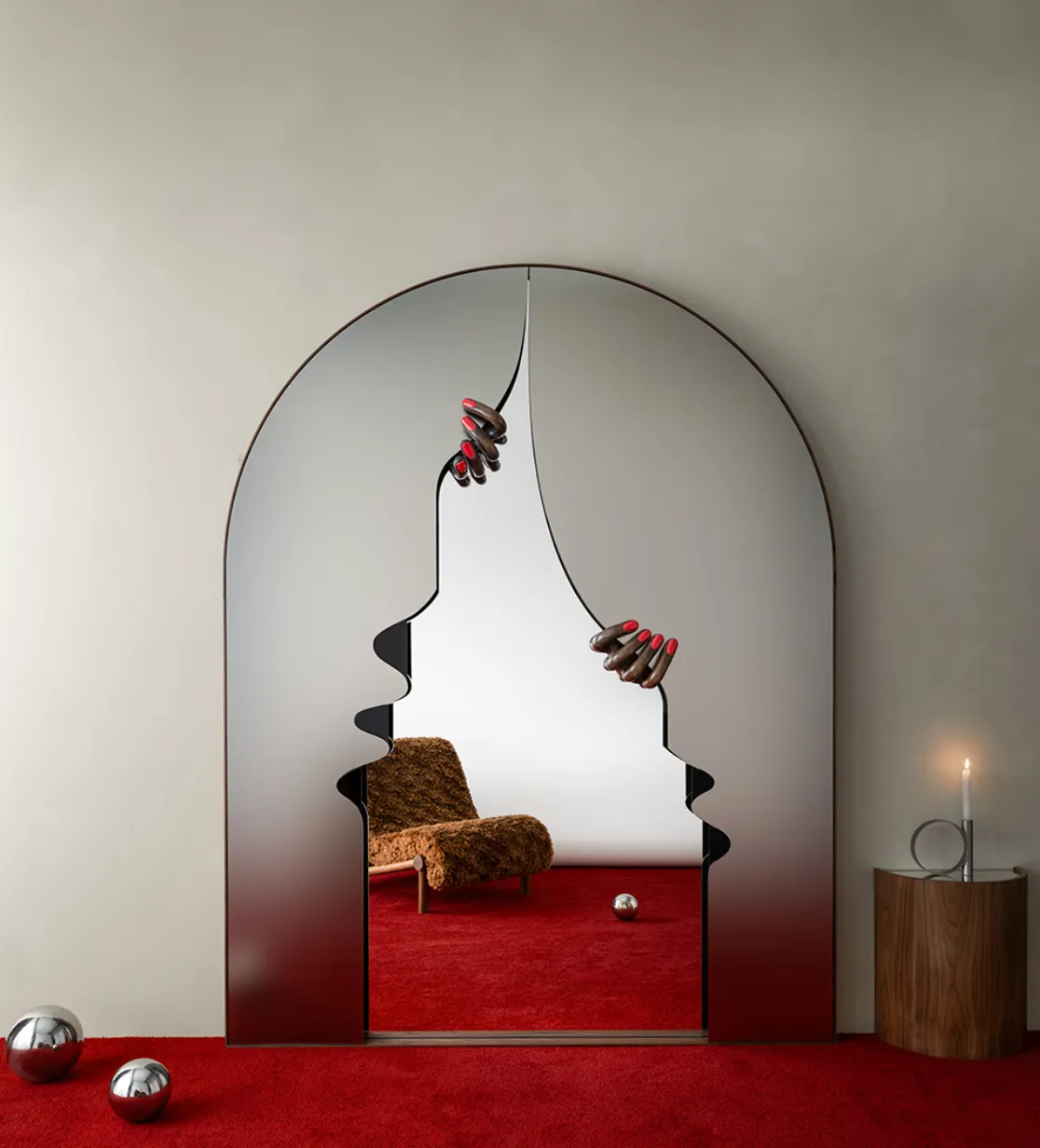
The Practice of Passage
In hospitality and architecture, thresholds aren’t just functional—they’re opportunities to set the tone for everything that follows. And one of the most powerful tools to mark that transition is art.
Art in a threshold works like a signal flare—it tells you, instantly, you’ve arrived somewhere different. It makes me think of a project we did at RAREculture, Little Sister Lounge in New York, where you enter you’re greeted by an installation of LED‑lit whiskey bottles. It’s not just a decorative flourish—it’s a sensory cue that you’ve crossed from the street into a more intimate, atmospheric world.
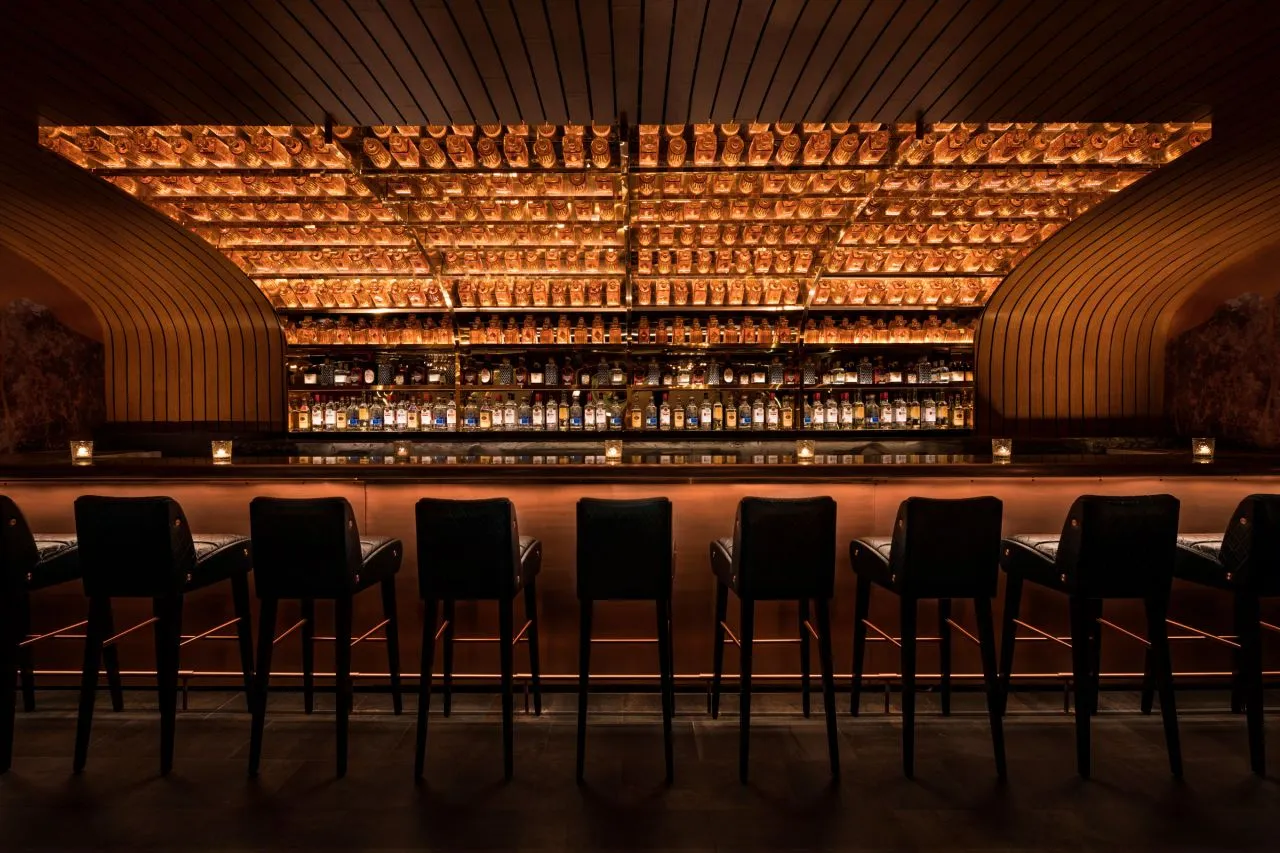
We’ve been exploring the same idea in some of our current work as well. In a recent pitch for a celestial‑themed multi‑family project, we proposed using moon phases as an organizing principle: each floor’s art inspired by a different phase—waxing, full, waning—so the transition between levels felt like moving through a cosmic cycle. It’s a subtle way to make the act of crossing a hallway or stepping out of an elevator feel like part of the story.

Some of the world’s most famous thresholds use art, form, and symbolism to the same effect:
- The Gates of Paradise, Florence Baptistery – Gilded bronze doors by Lorenzo Ghiberti that transform entry into an act of reverence.
- Torii Gates of Fushimi Inari Shrine, Kyoto – Thousands of vermilion gates guiding you into sacred ground, each step deepening the sense of passage.
- The Alhambra’s Moorish Archways, Granada – Ornate geometric carvings framing the transition between courtyards and palace chambers.
- Rococo Palace Staircases, Bavaria – Dramatic sweeps of marble and gilded balustrades turning a climb into a ceremonial ascent.
Whether it’s an archway, a lit corridor, or an installation piece, the best thresholds don’t just lead you somewhere—they change you a little on the way.
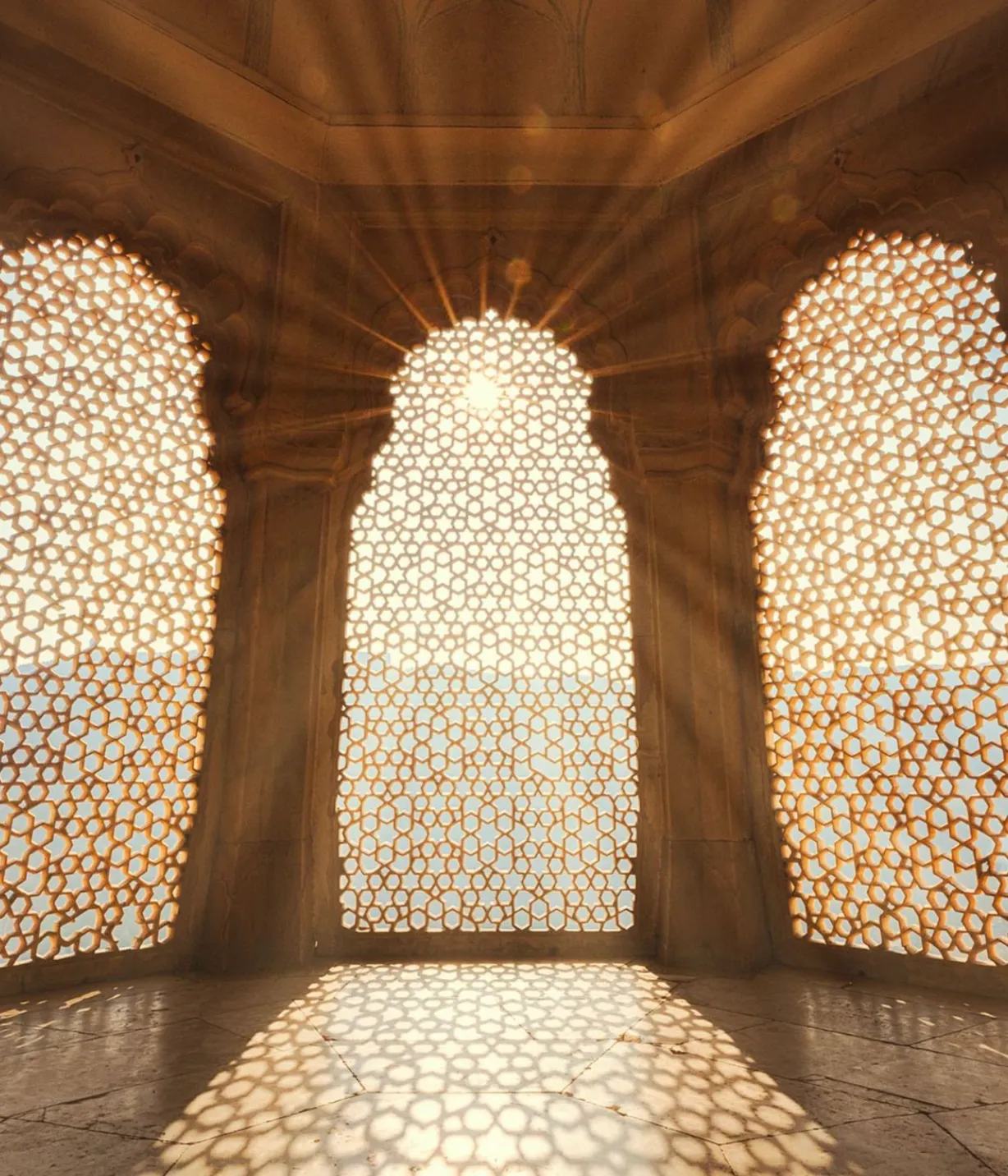
Design as Ritual
The spaces we pass through are never just about passage. They’re about presence. An entryway isn’t just where you take off your shoes—it’s where you shed the day. A stairwell isn’t just functional—it’s a procession. These spaces can become rituals when we treat them with care.
The Lion’s Gate Portal carries the same essence. It’s not just another date—it’s a symbolic threshold. A time to slow down, acknowledge the crossing, and step with intention into what’s next.
“To cross a threshold is to enter the unknown, but also to be initiated into something new.” — John O’Donohue
Thresholds are psychological. They’re the moment we turn the page, even before we’ve read the next sentence.
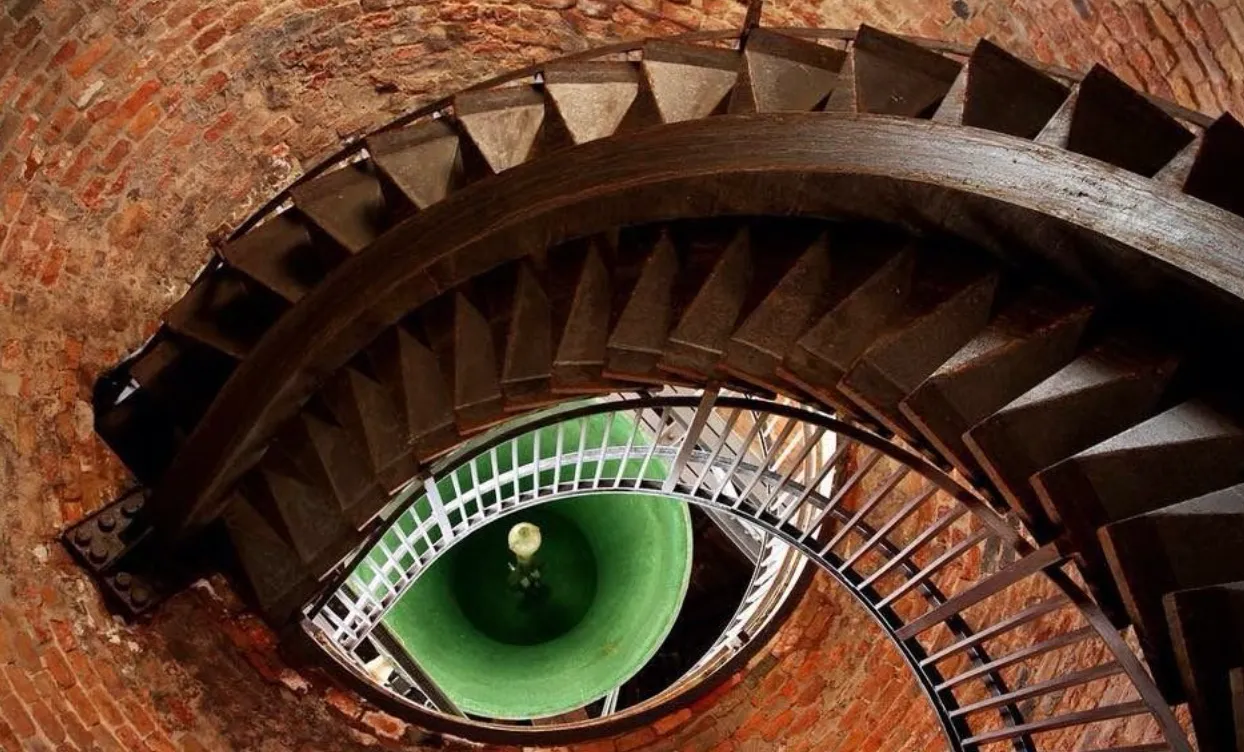
Final Thought
Designing for thresholds is about honoring the transitions we move through every day—not rushing past them, but noticing them, shaping them, giving them meaning.
Because when we design with intention, even the smallest spaces can become sacred. And when we honor the moment of crossing—whether it’s a hallway or a cosmic portal—we give ourselves the gift of arriving differently.
💌
Elle
P.S. What’s your favorite threshold—physical, symbolic, or celestial? Tell me in the comments🌀
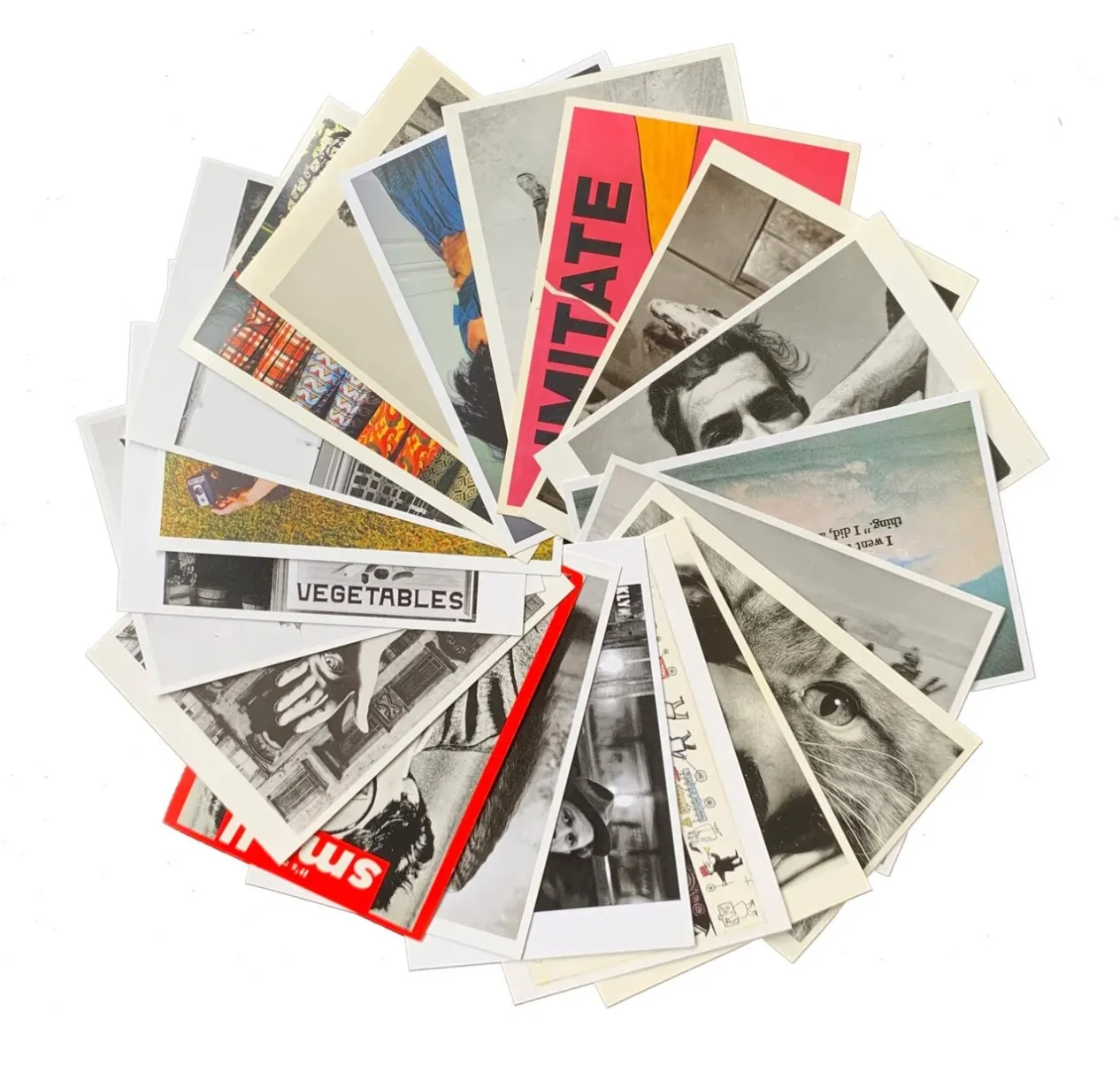



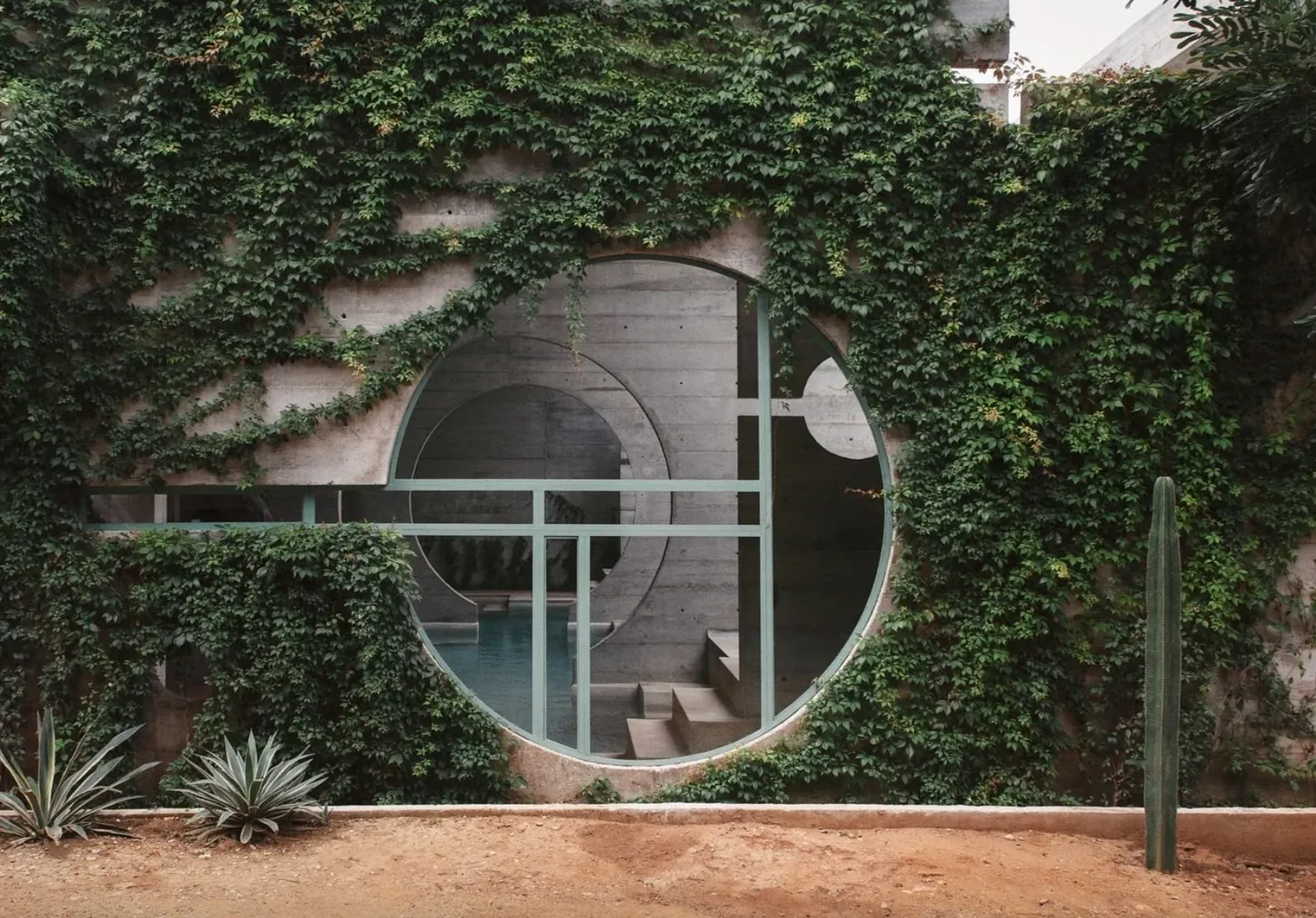
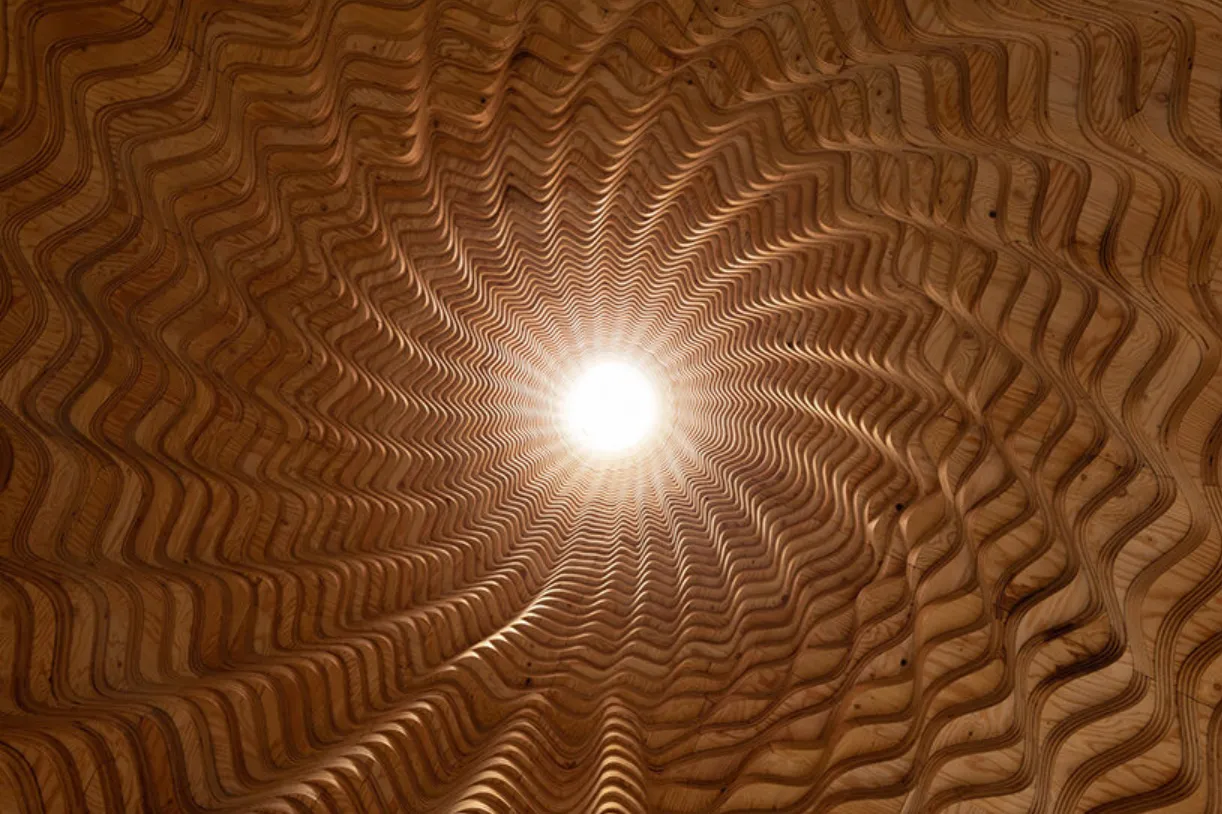
.svg)


.svg)
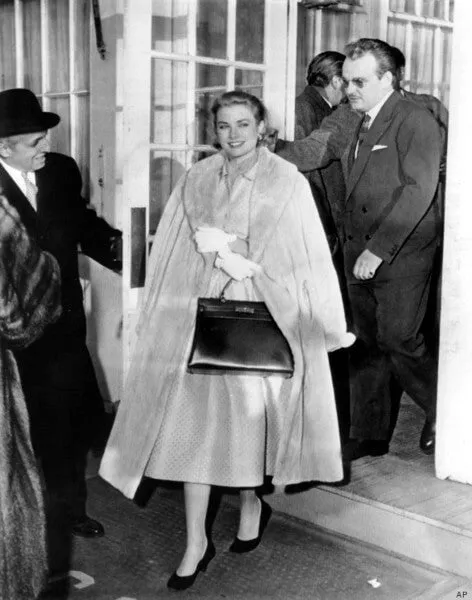
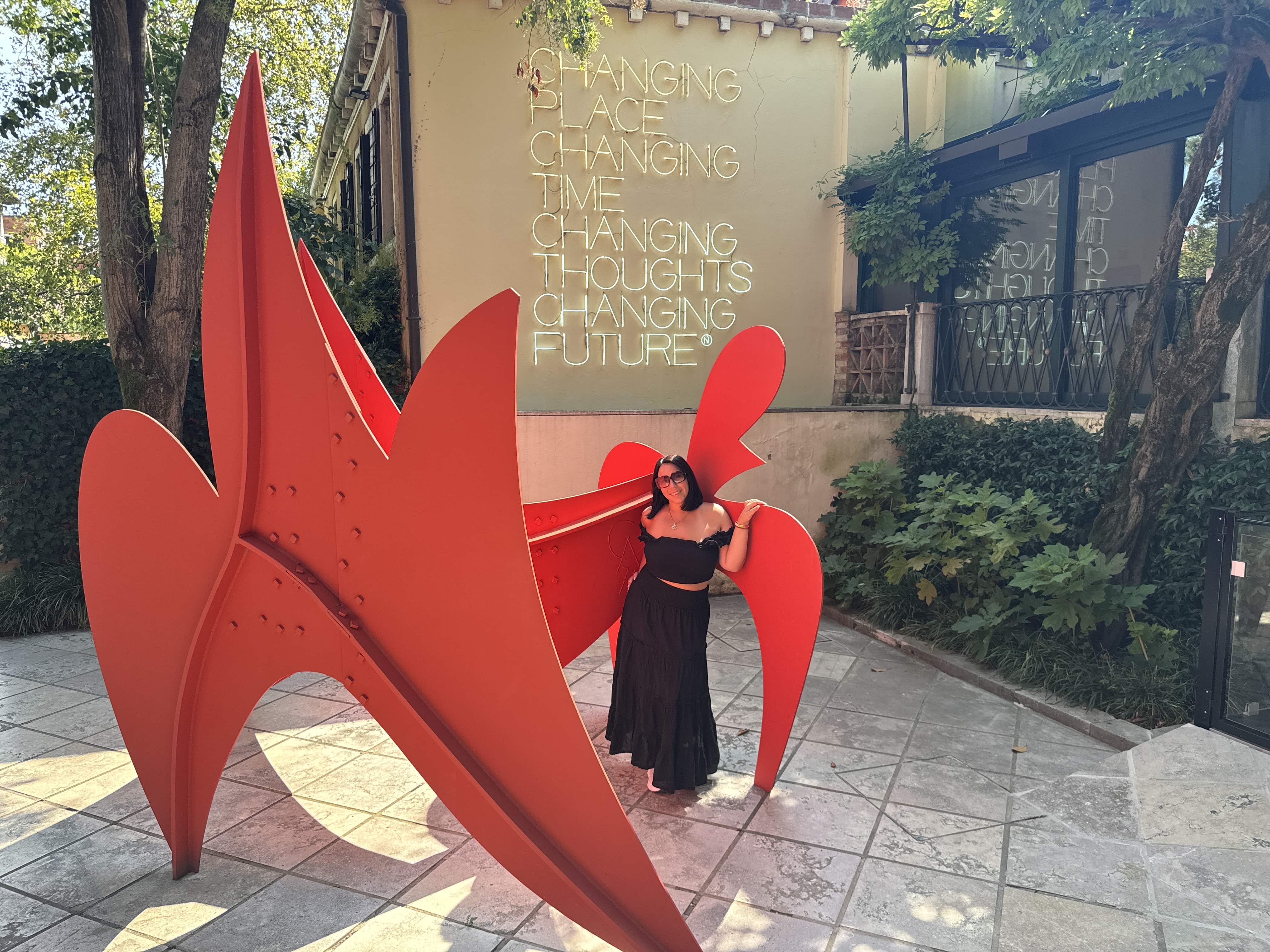
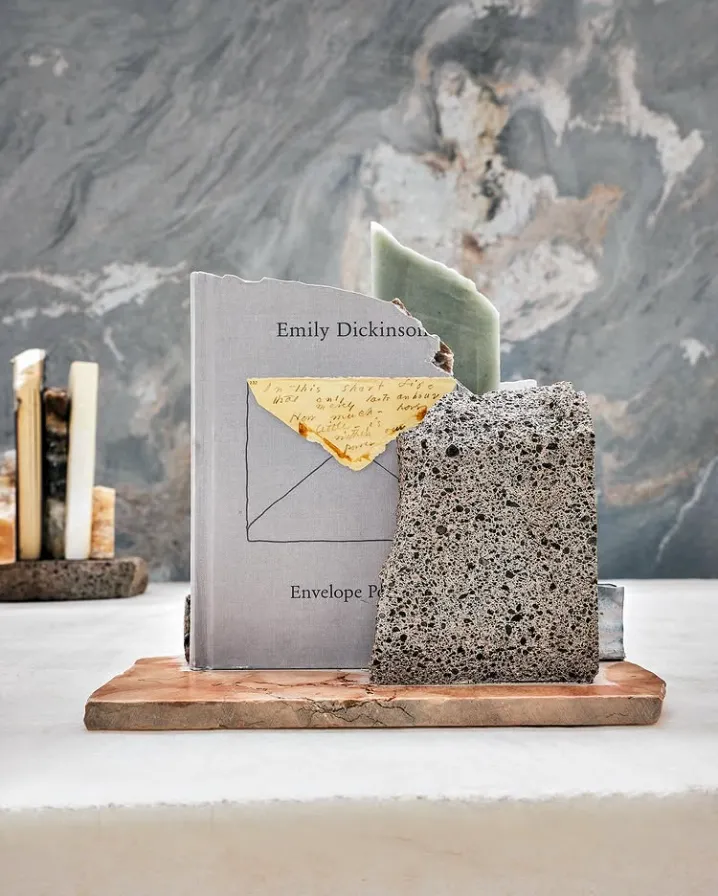
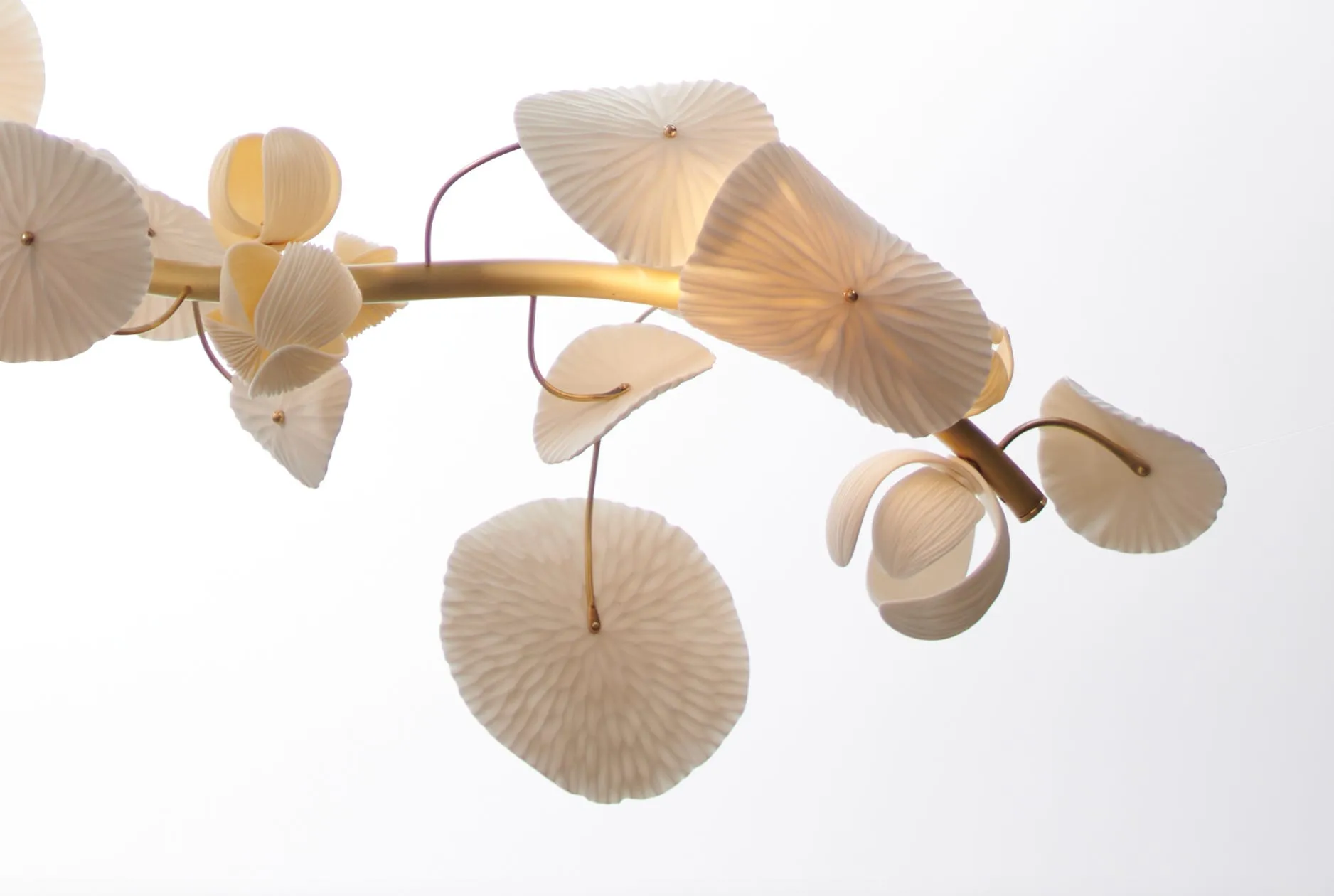

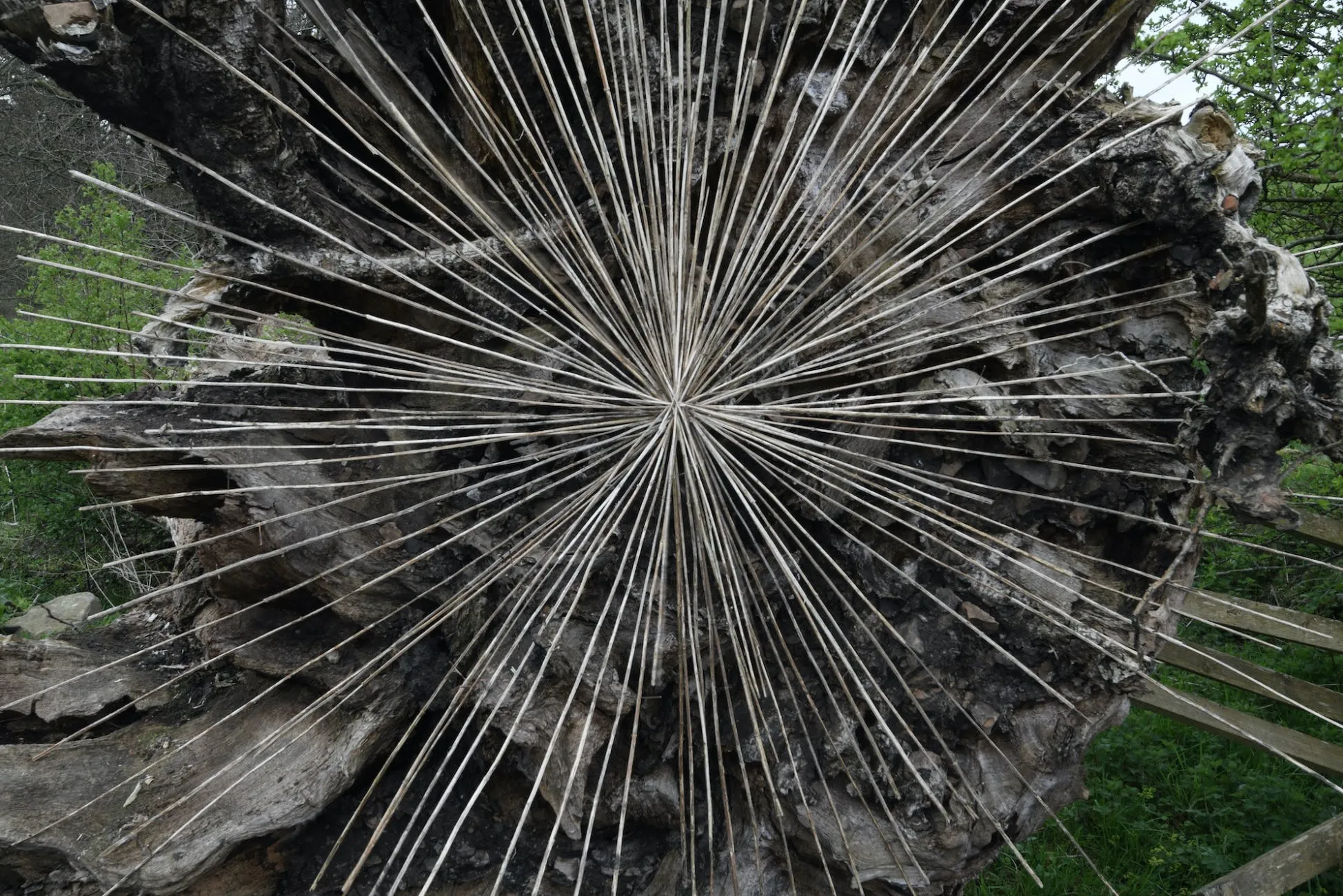
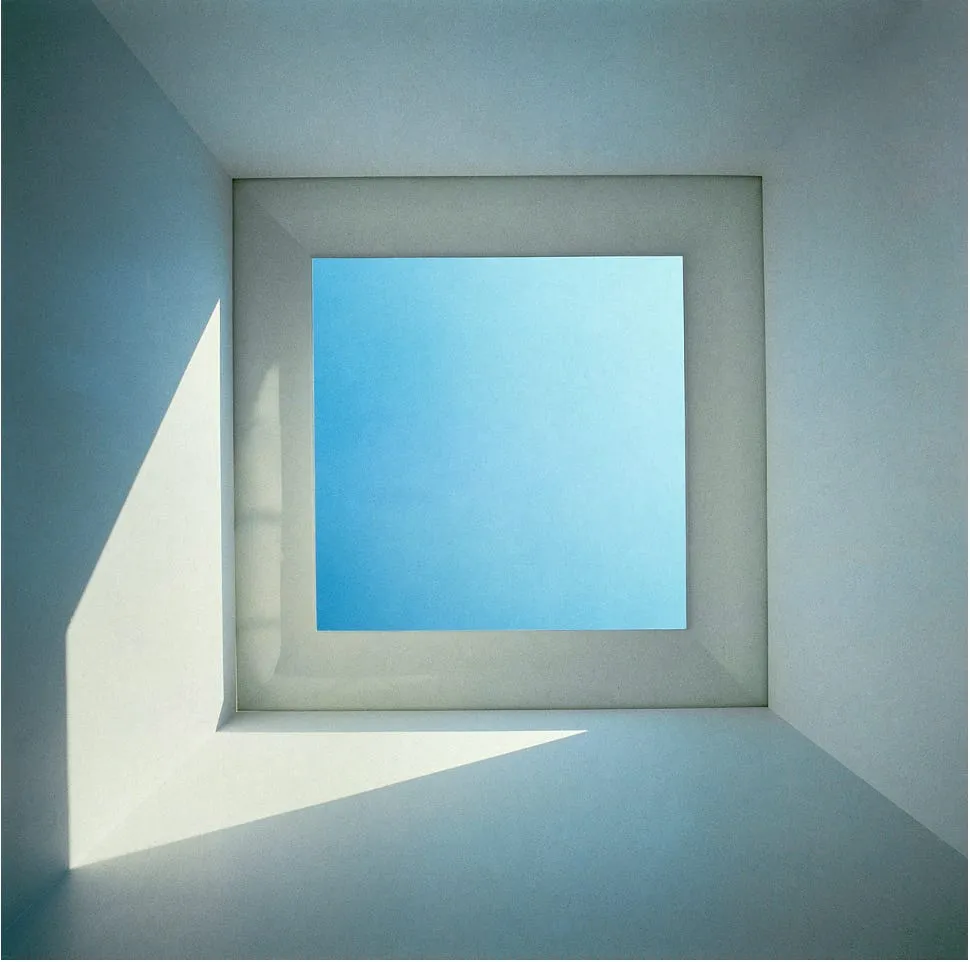
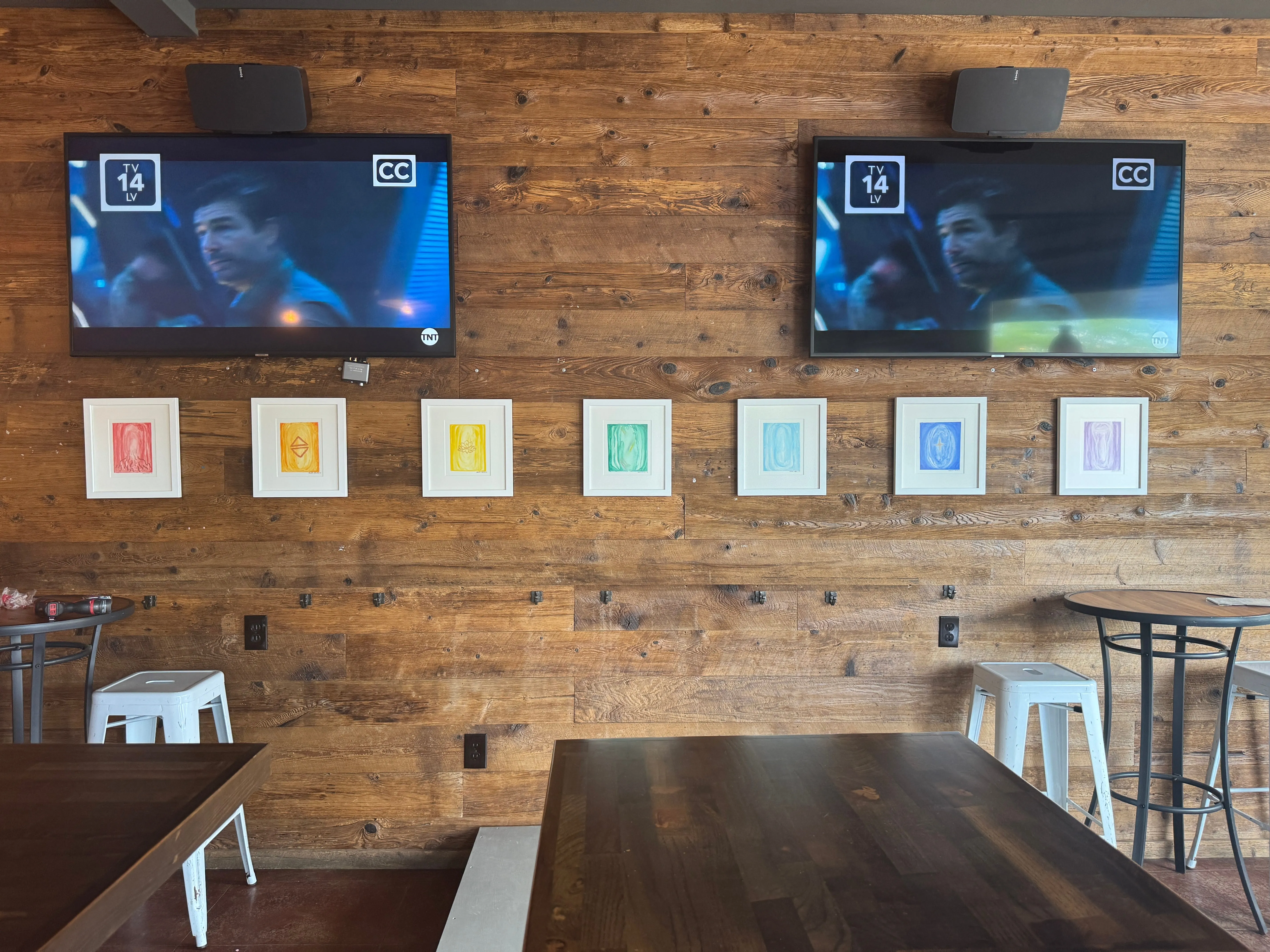



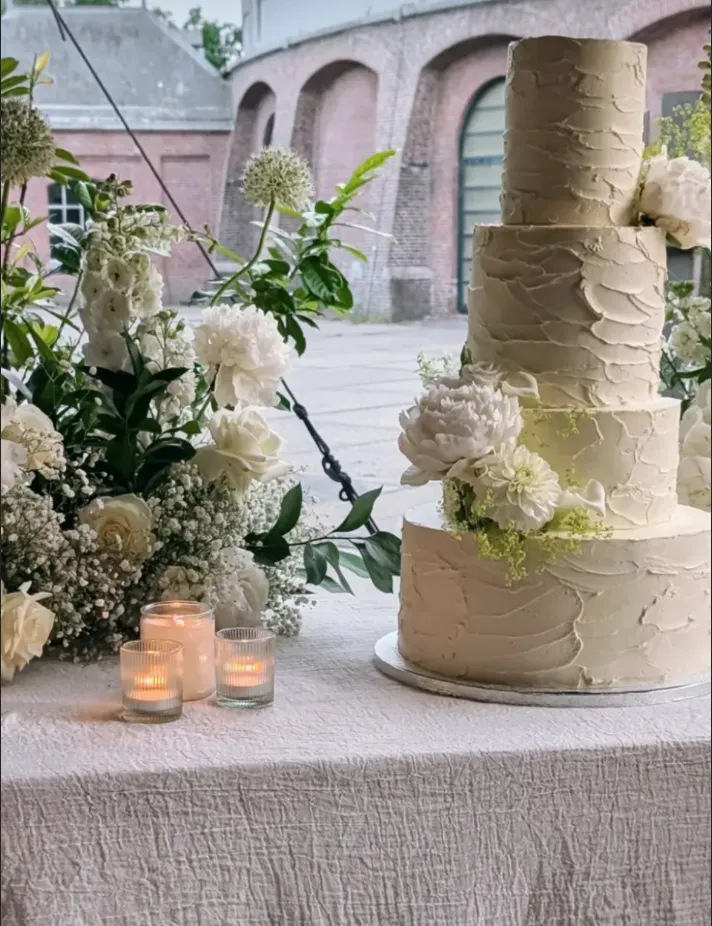


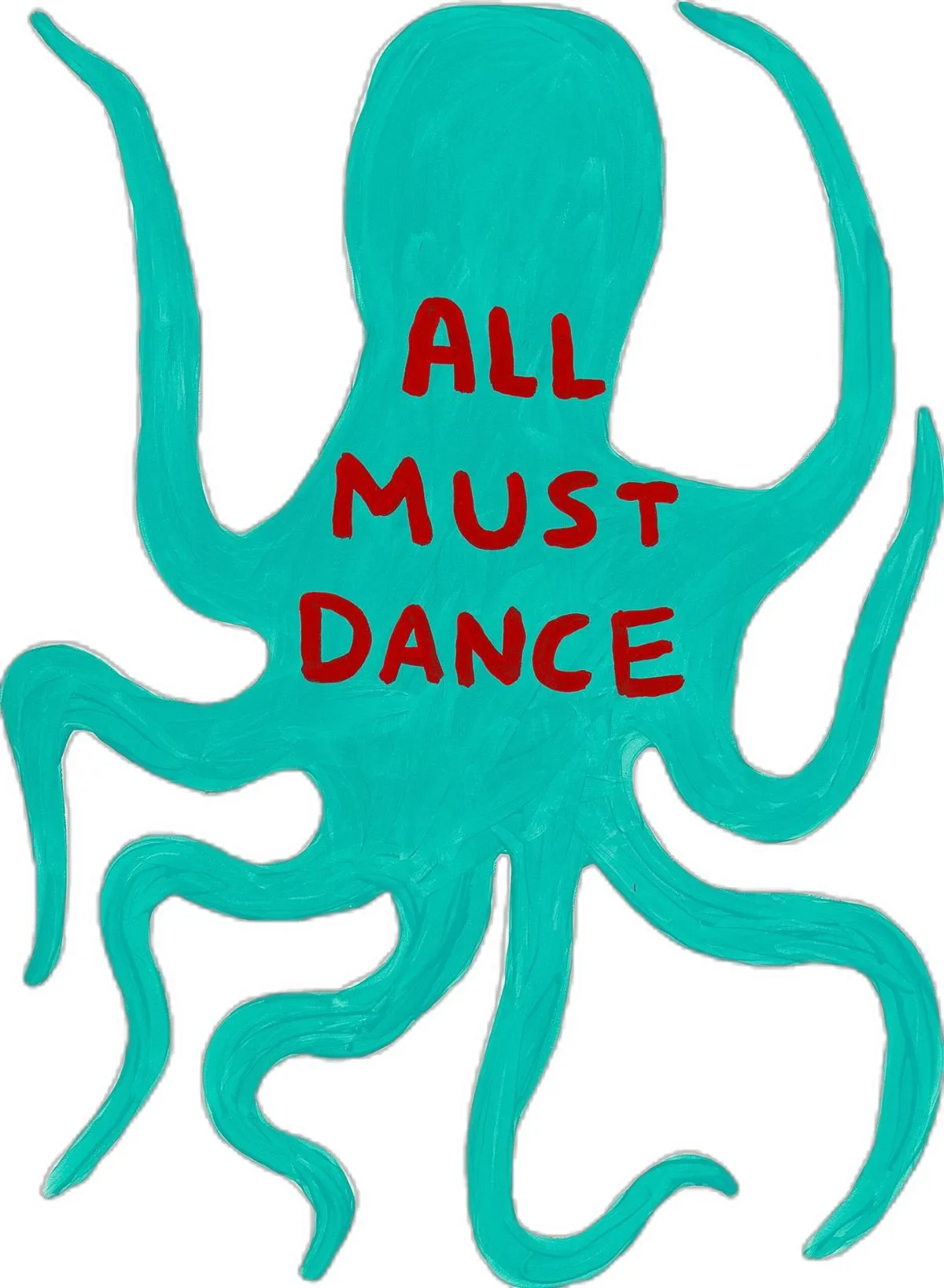


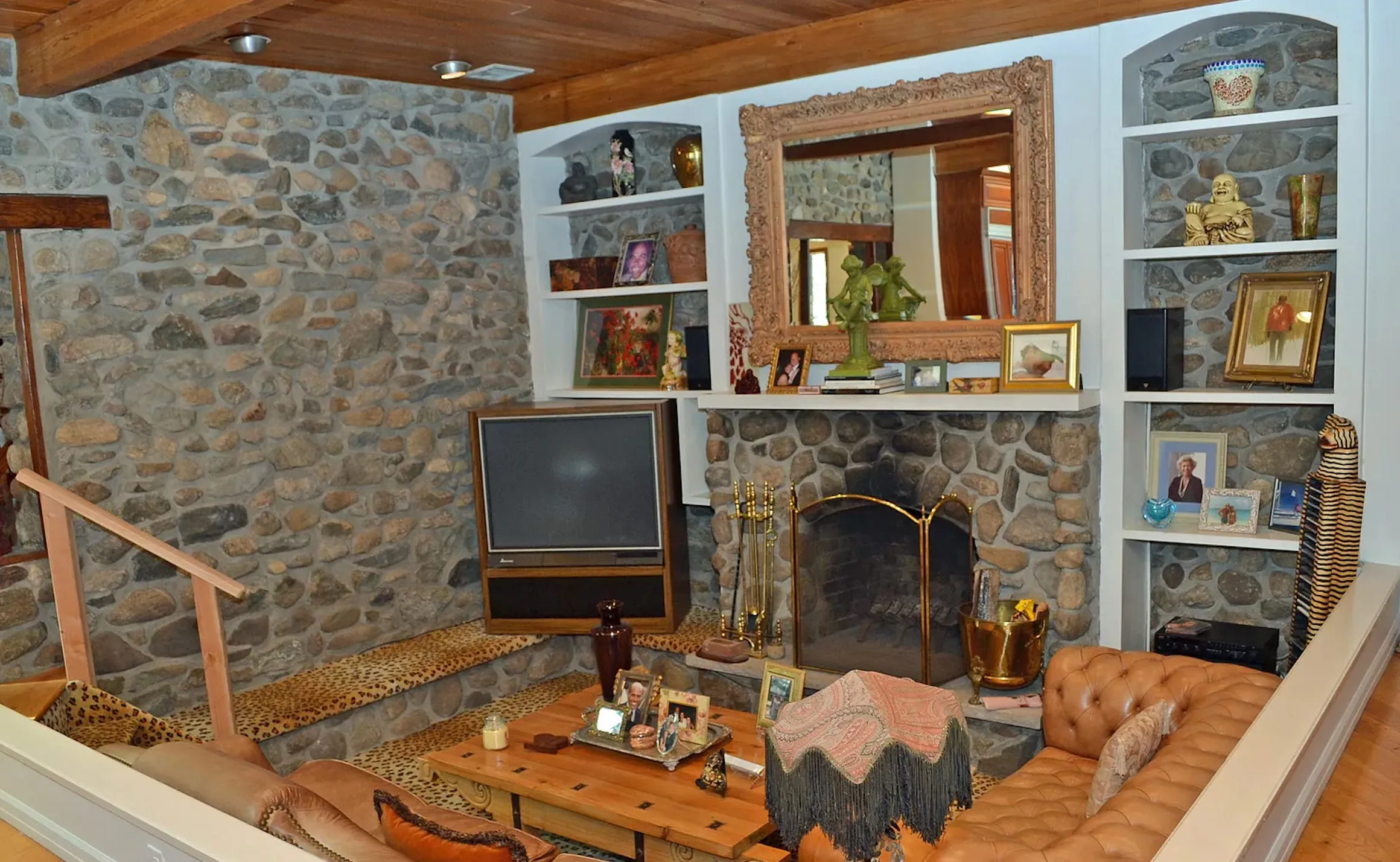
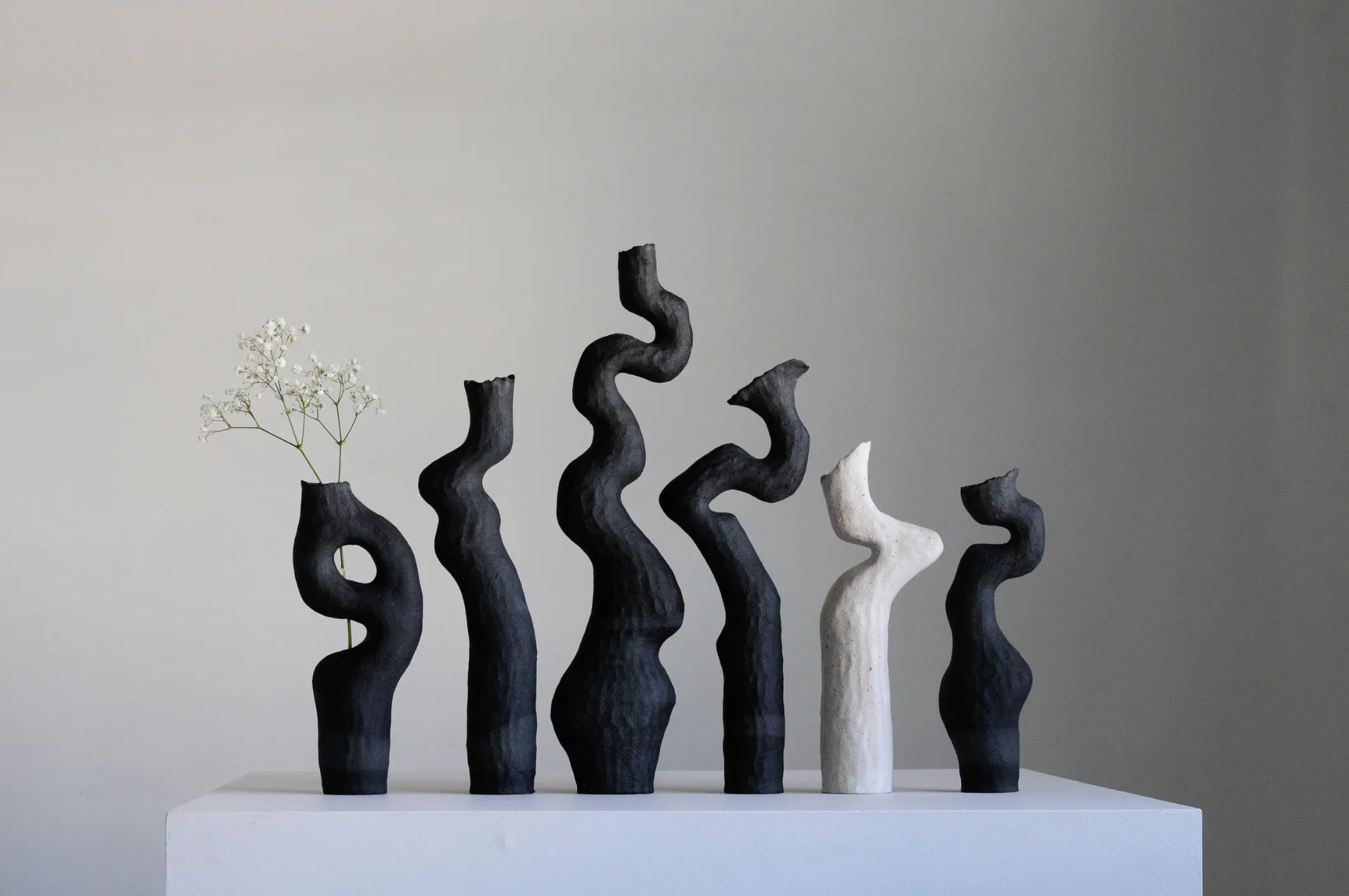

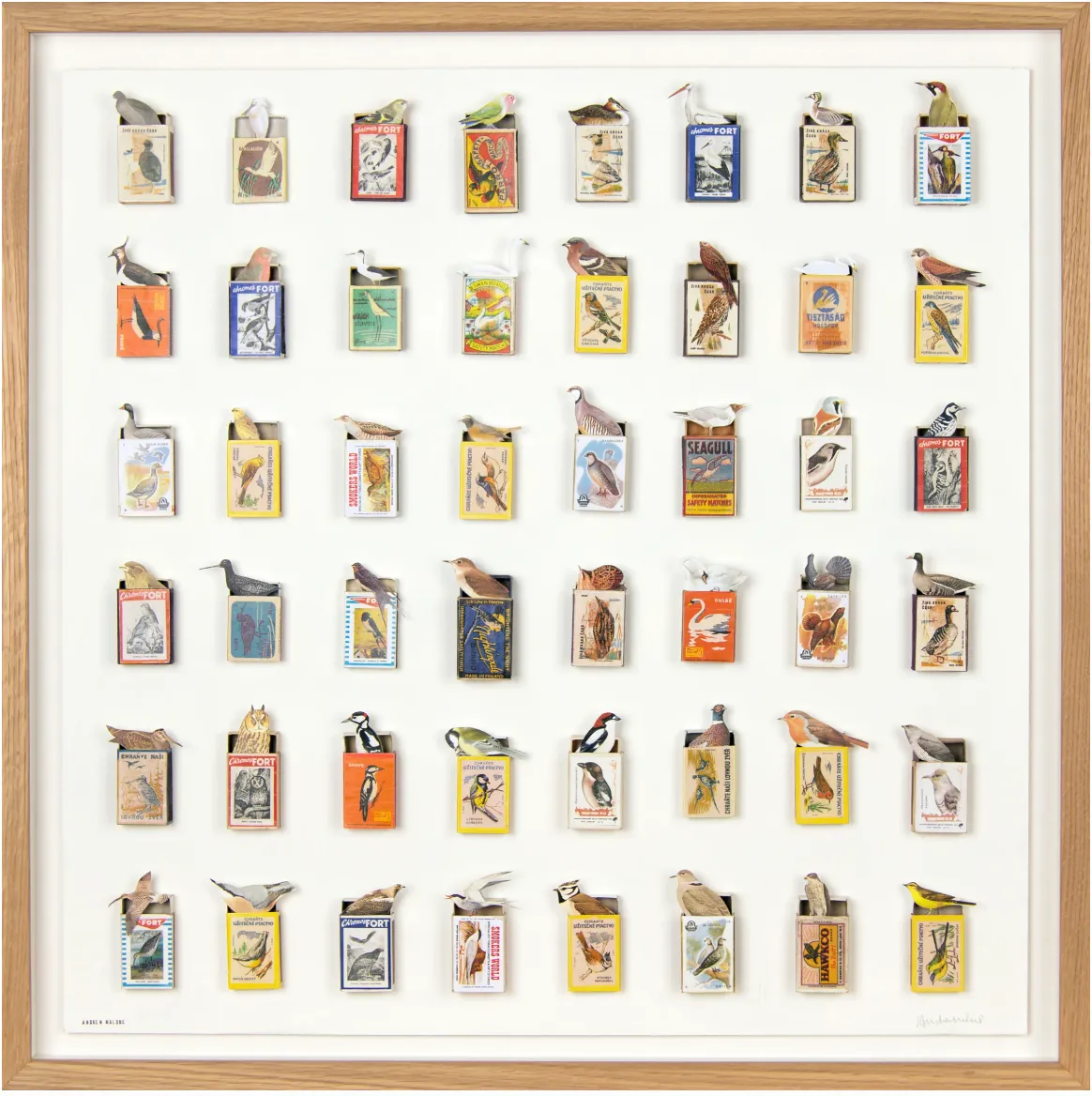
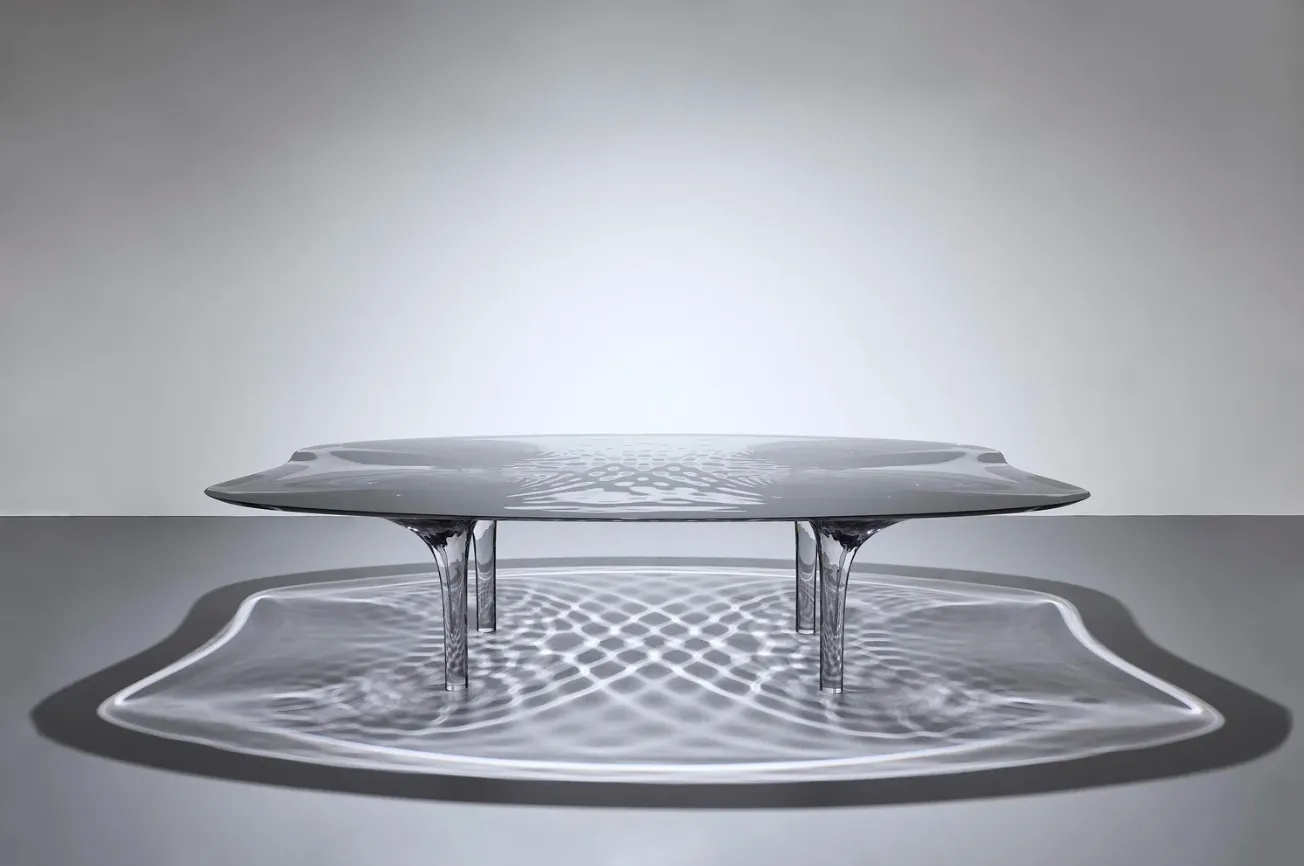
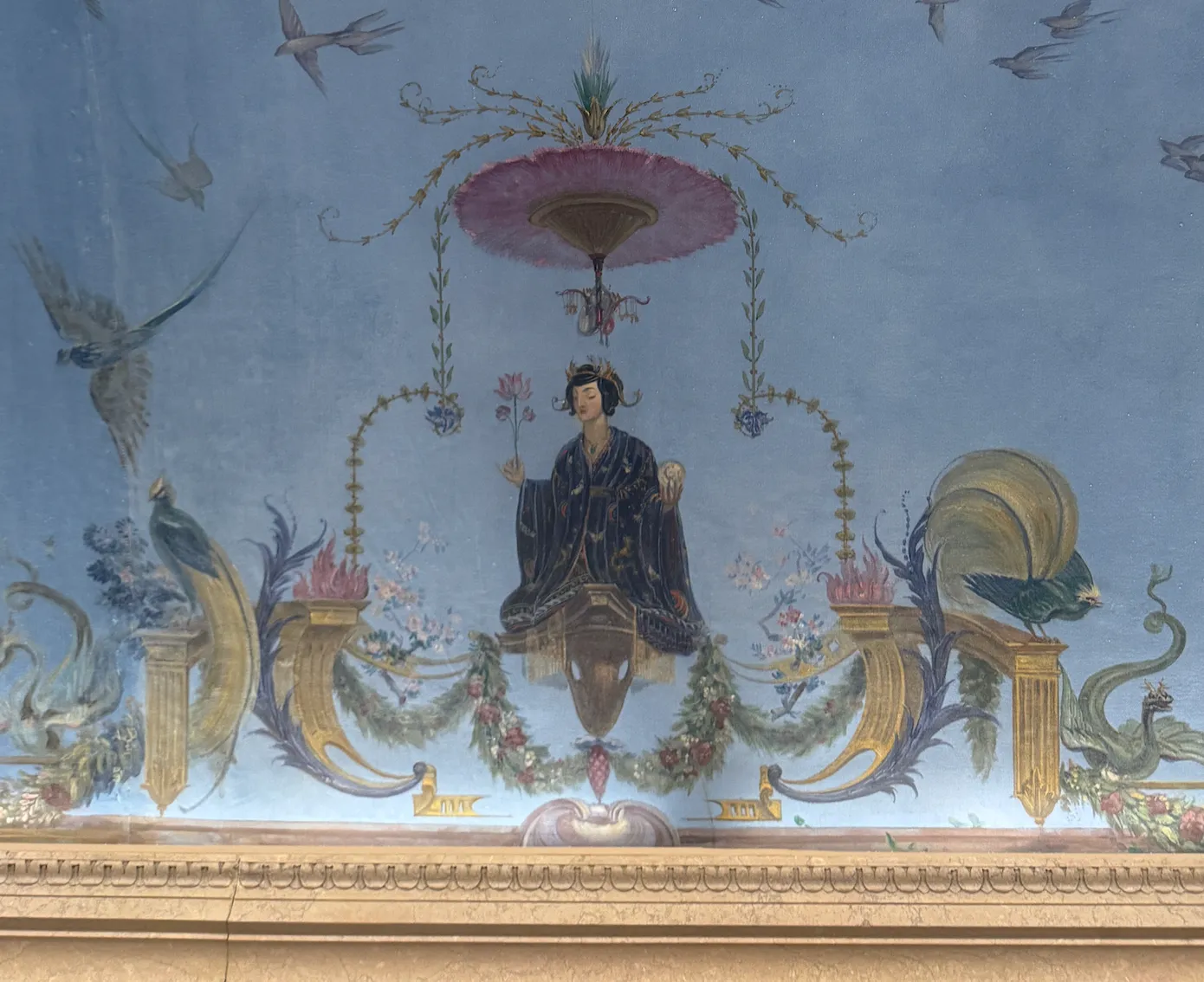

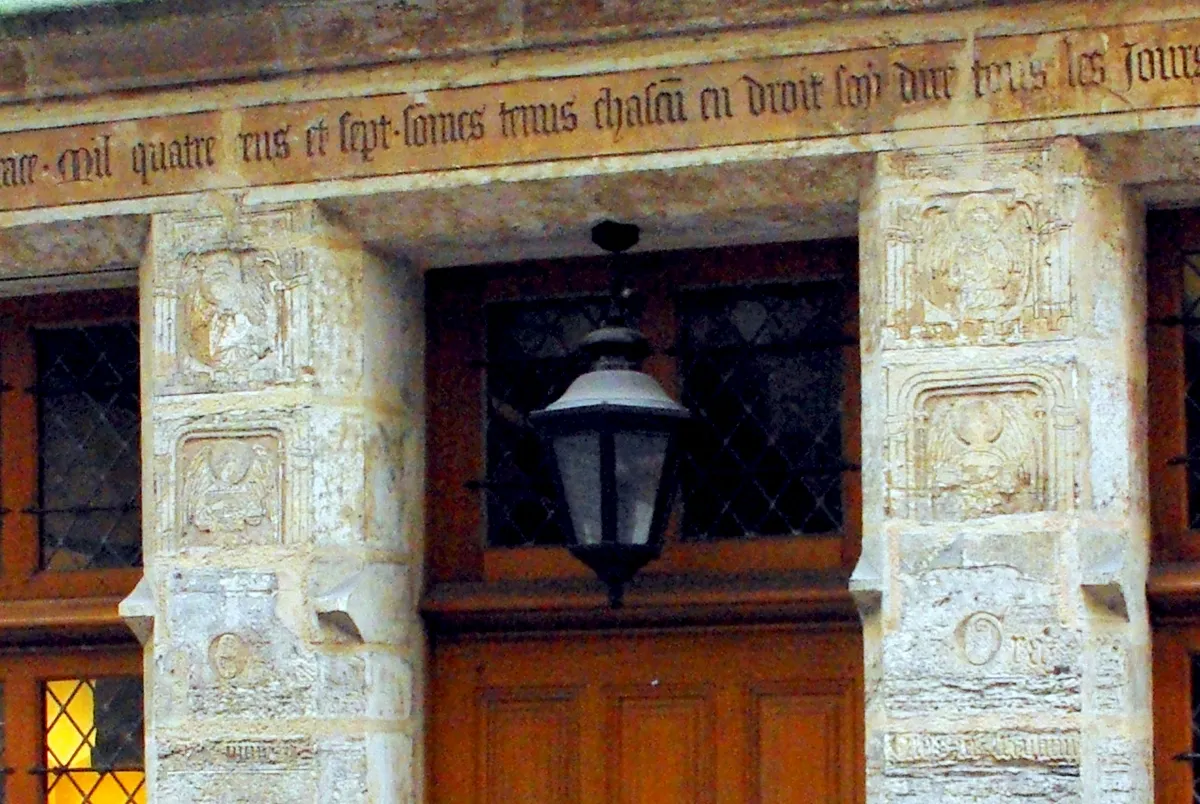
.webp)

.webp)
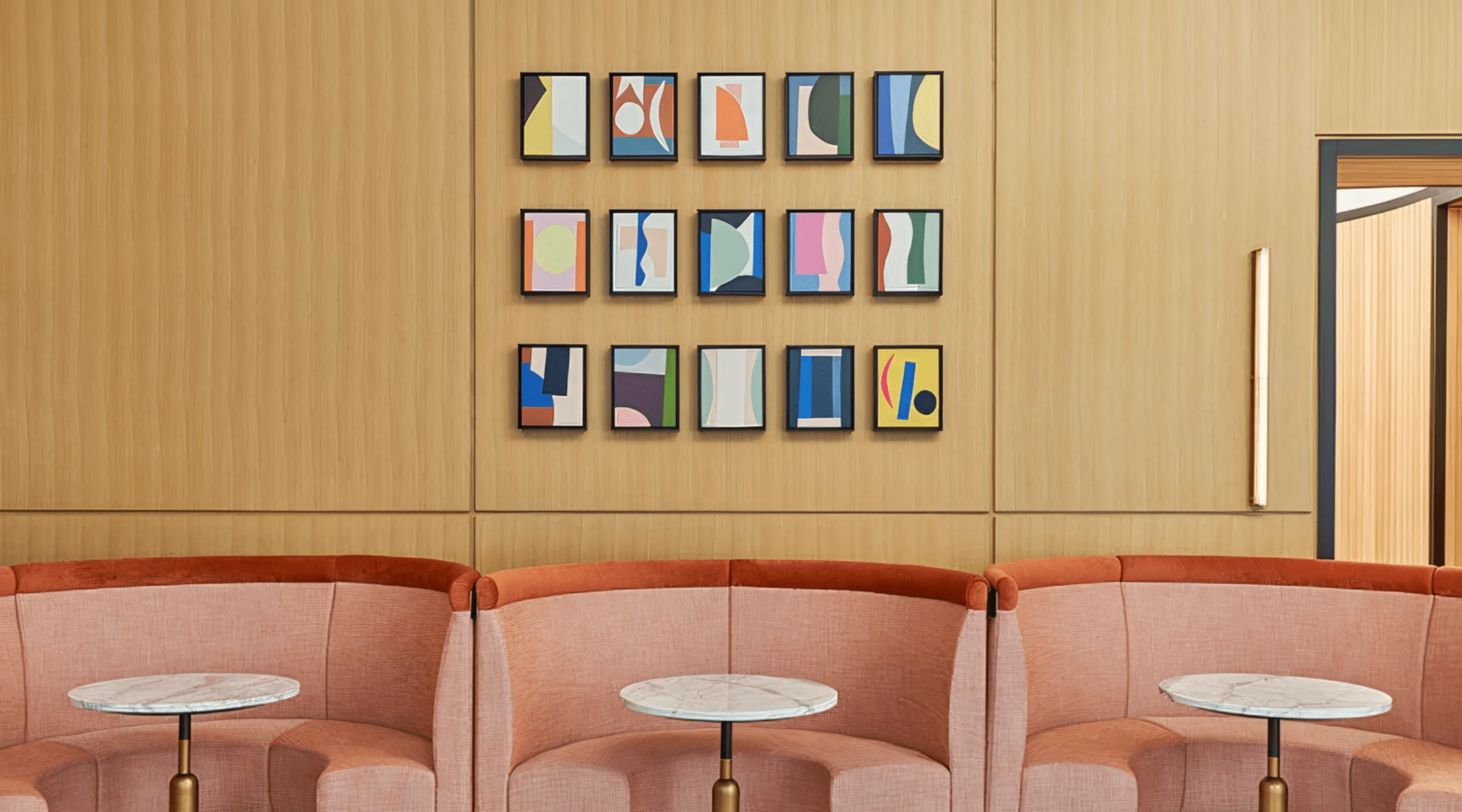
.webp)
.webp)
.webp)
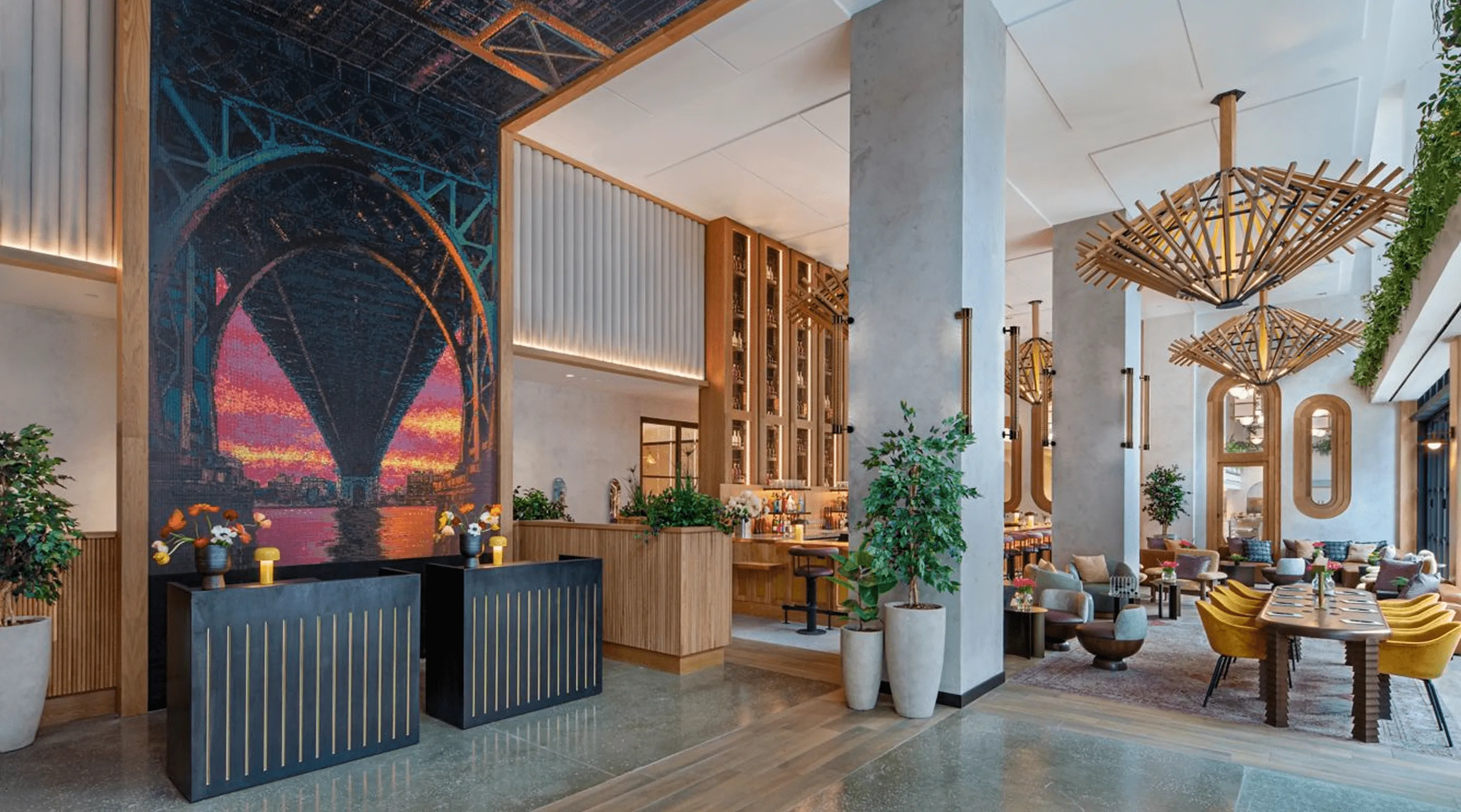
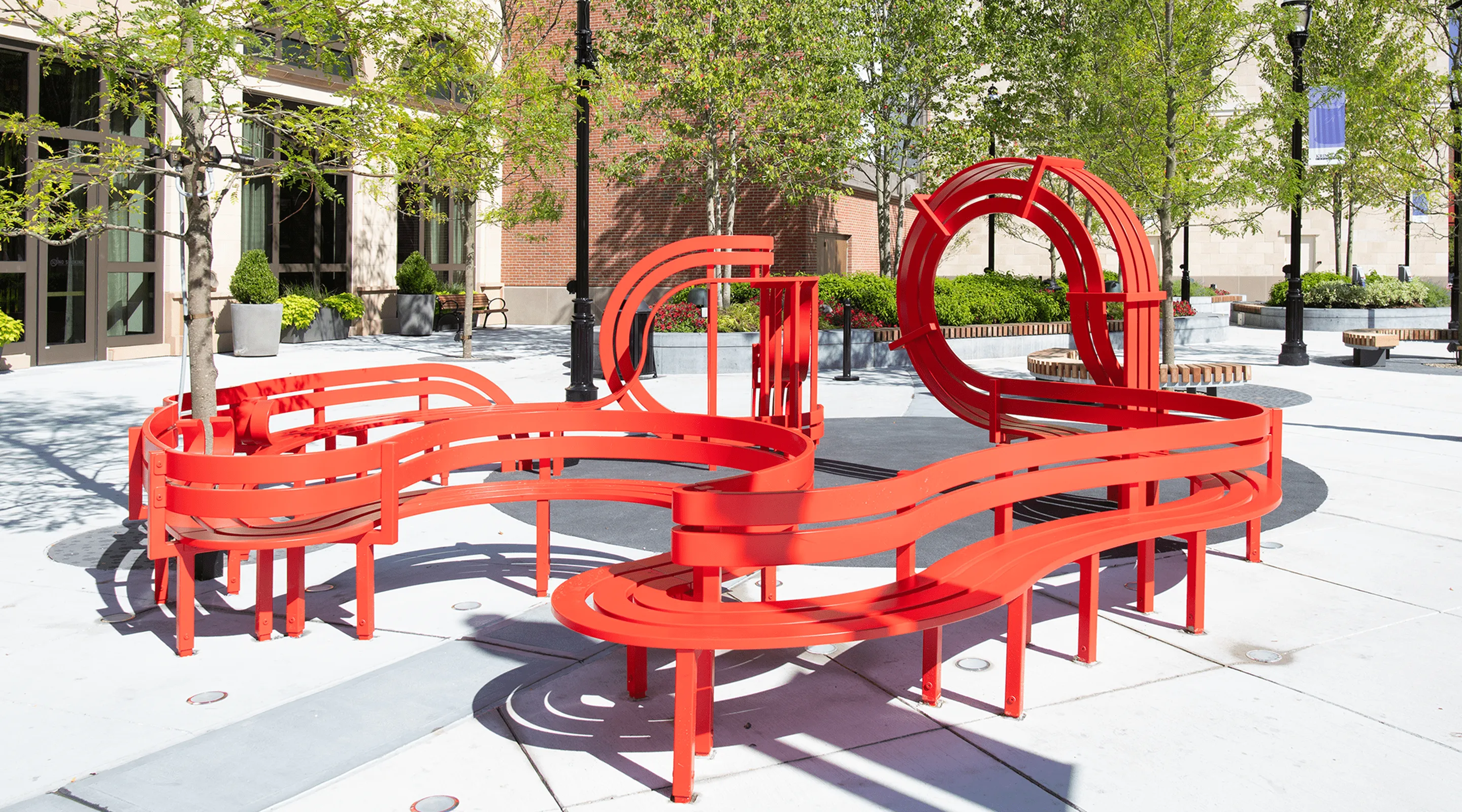
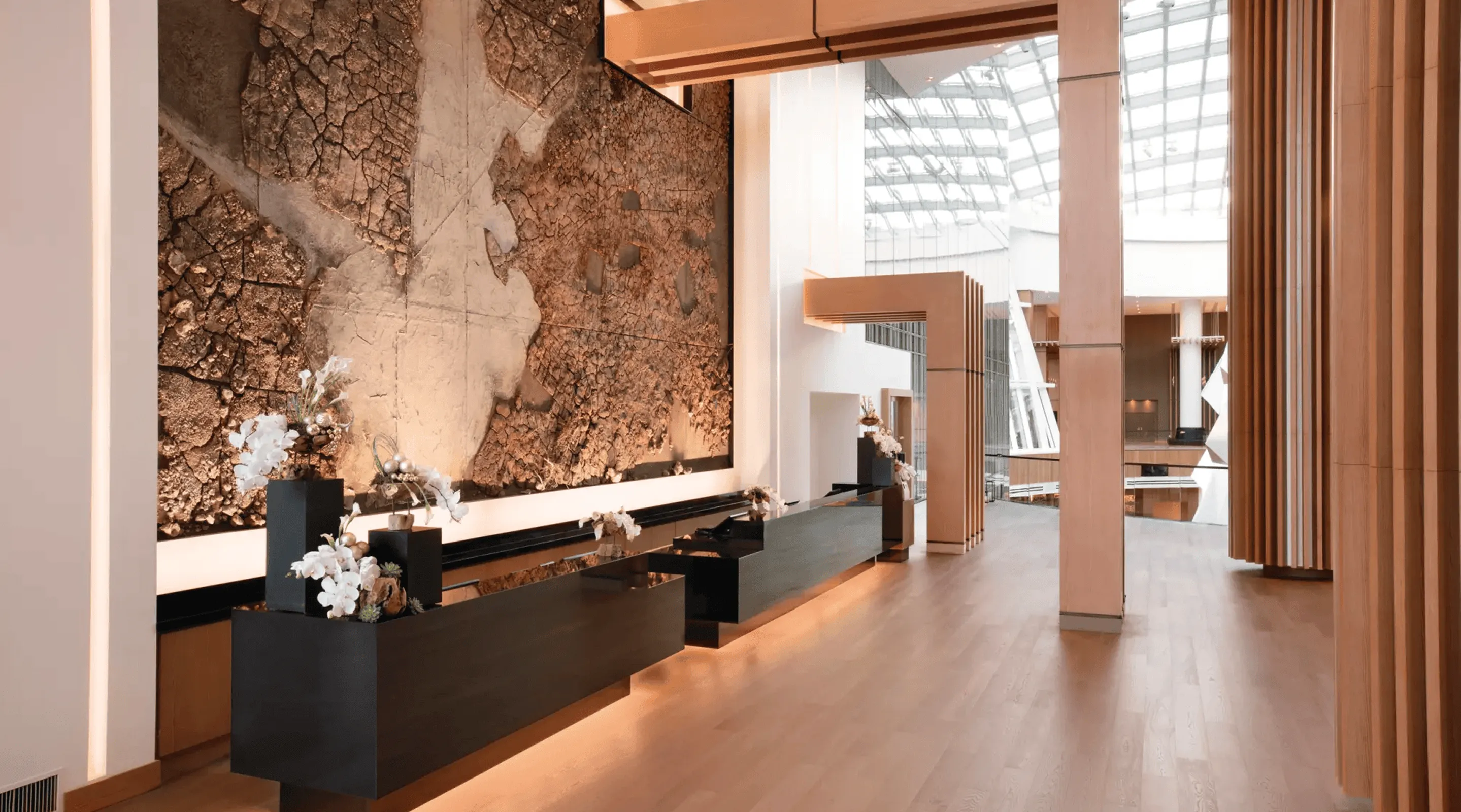
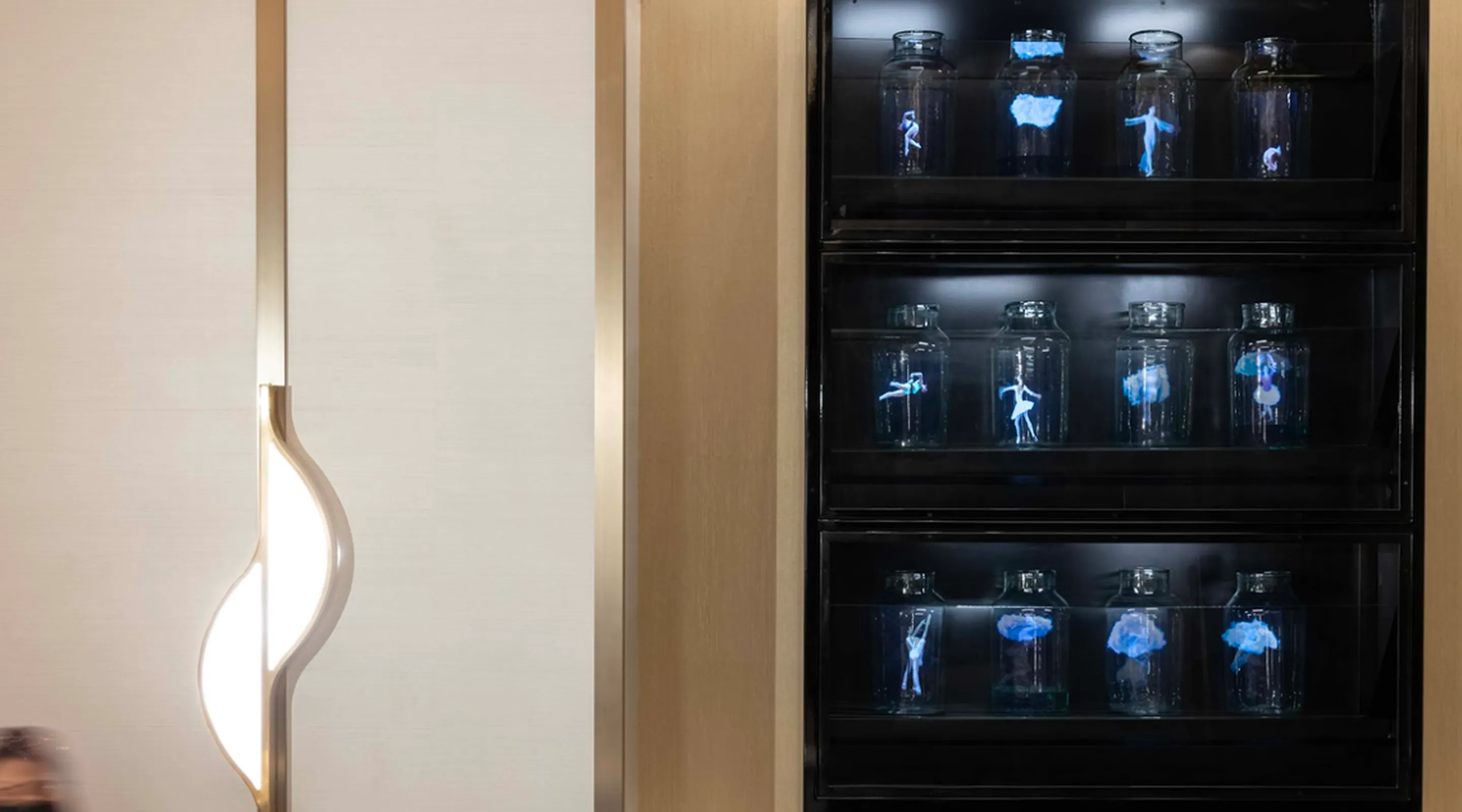
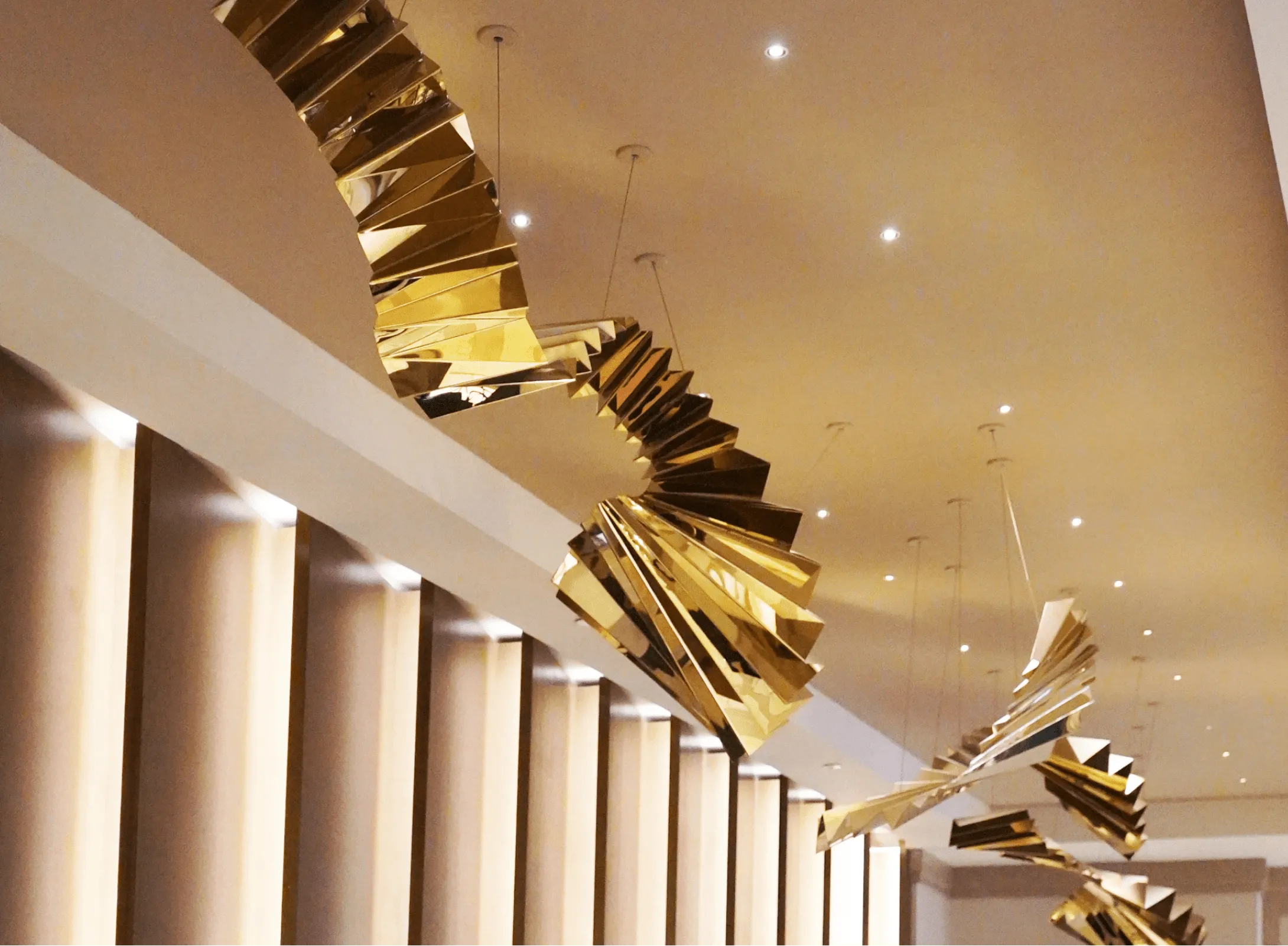
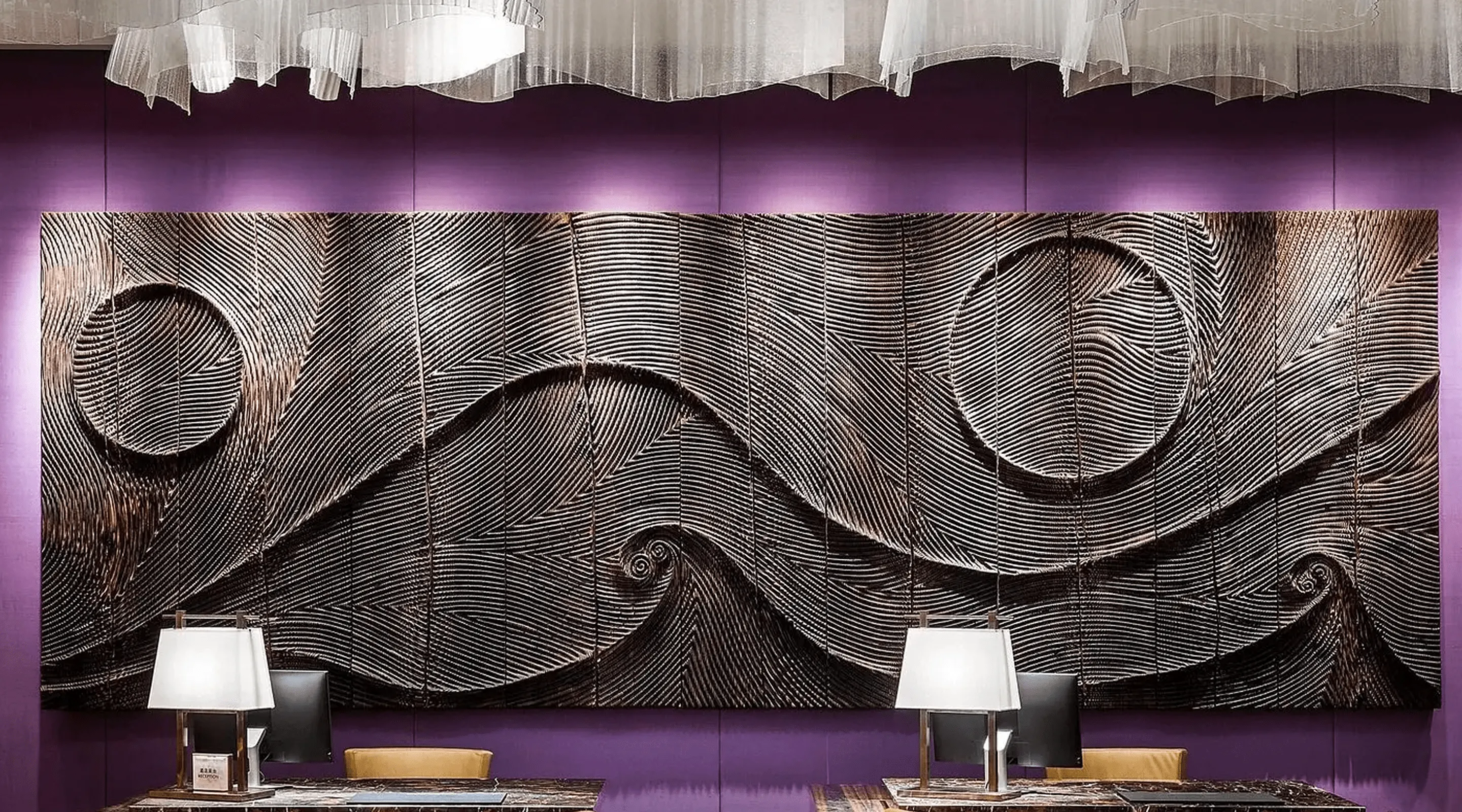
-min.webp)